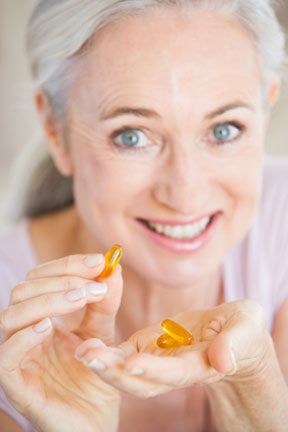Dry Eye Causes Symptoms and Treatment
Attacks, stinging, irritation, redness, itching, tearing - if these symptoms sound familiar, you could be one of an estimated 10 million Americans suffering from dry eyes.
A dry eye is a condition where the tears do not have enough moisture and lubrication needed to maintain healthy eye health and clear vision. Tears not only remove dust, but also soothe the eyes, produce oxygen and nutrients for the cornea, and help defend against eye infections by killing harmful bacteria. There are many reasons for this condition, but usually because of these factors:
* Age
With the American age, the eyes are naturally dry. Typically, people over the age of 65 have some symptoms of dry eyes;
* Gender
Women are more likely to have dry eyes due to hormonal changes during pregnancy, the use of oral contraceptives, and after menopause;
* Medications
Decongestants, antihistamines, and antidepressants can reduce tearing and increase the chance of dry eyes;
* Diseases
Health problems associated with rheumatism, diabetes, Sjögren's syndrome, and thyroid problems can cause dry eye symptoms;
* Environment
dry climate and exposure to wind and smoke can cause dry eyes;
* Eyeglasses / Surgery
Contact lenses may cause dry eyes or make the eyes less sensitive if they are dry, and some eye surgeries may cause a temporary decrease in tear fluid; Y
Cosmetics
When the tip of the eyelid is covered with a lot of makeup, it can prevent the sebaceous glands from opening, which helps lubricate the eyes.
Nutrition is important for health, including vision, and dry eyes and nutrition are closely related. Studies have shown a simple and effective treatment for dry eyes: eat more fish properly. Salmon, tuna, herring, mackerel, and other cold-water fish are high in omega-3 fatty acids and can help reduce inflammation, increase tear production, and support the oily outer layer by adding oil that flows from the glands at the end of the conjunctiva (called meibomian glands). If the fish does not sound pleasant, dietary supplements can also be added to the diet to relieve the symptoms of dry eye.
Artificial teardrop drops, creams, and capsules can also be used to stimulate or maintain tear production and protect against tear loss in the future. The American Optometric Association (AOA) recommends consulting an ophthalmologist to ensure proper diagnosis and treatment. The AOA also recommends an annual eye examination for adults. You can find an optometrist in your area or learn more about the best ways to take care of dry eyes by going to aoa.org.




0 Comments